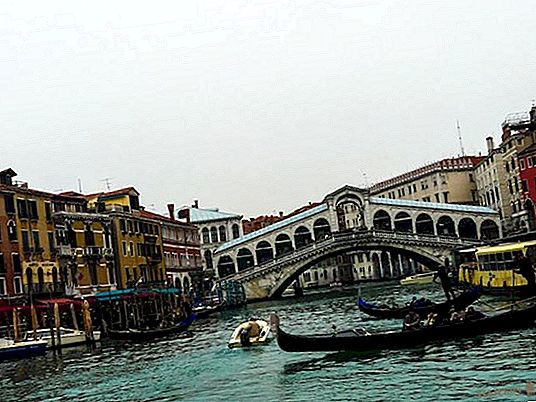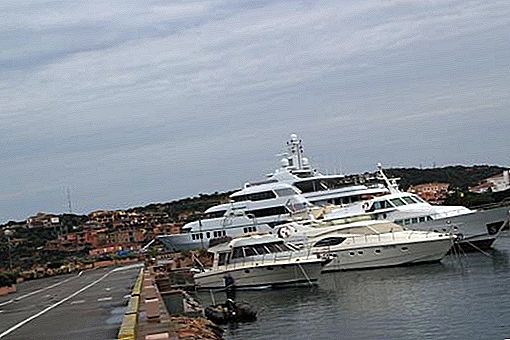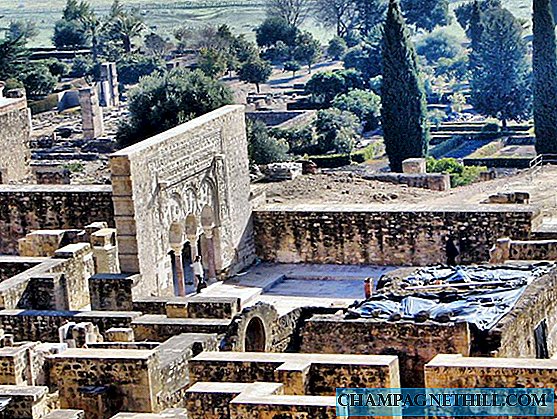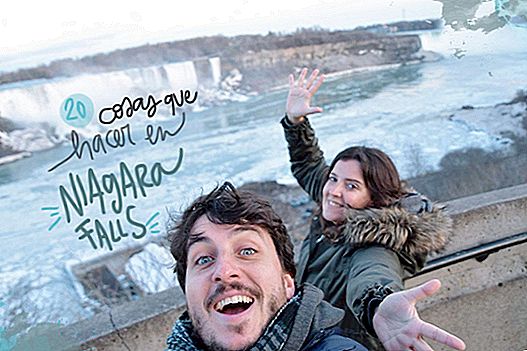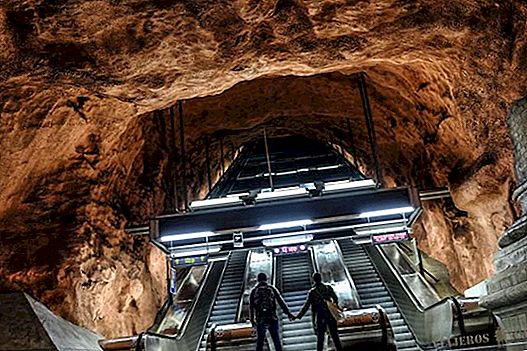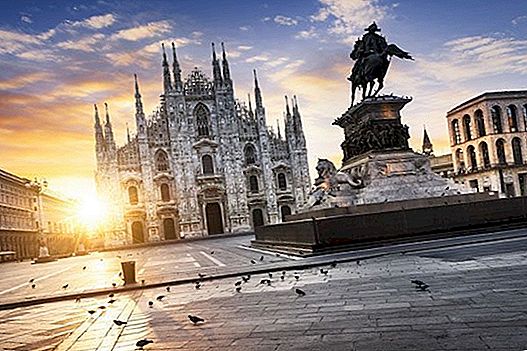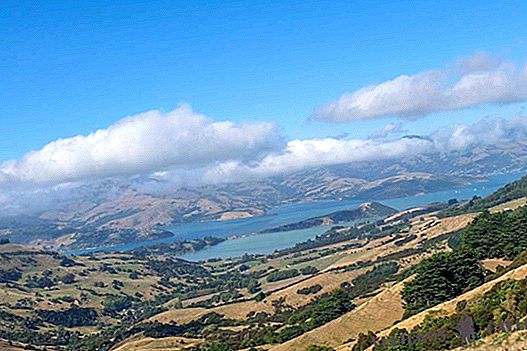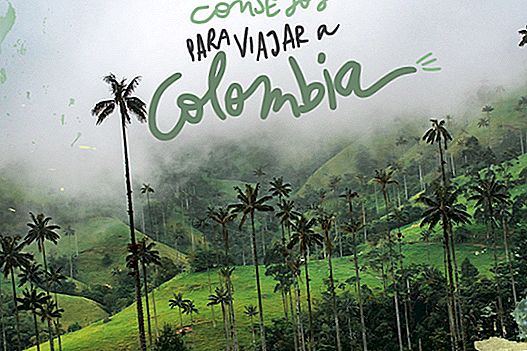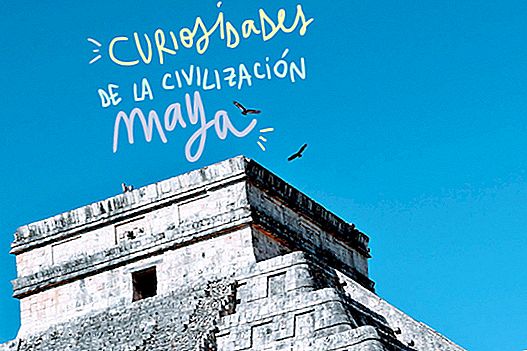
One of the aspects that most woke us up from our trip to the Yucatan Peninsula was to deepen the civilization that reigned in this area for centuries: Maya. Surely you heard about them many times (especially when 2012 was approaching, a year that was related to a Mayan prediction about the end of the world), but we are sure that you do not know even half of the curiosities of the Mayan civilization that we are going to tell you in this post.
- Unlike what many may think, the Maya never went extinct. It is true that with the arrival of Spanish settlers they suffered numerous casualties, especially due to diseases that came from the Old World. But today there are about 7 million Mayan descendants.
- They settled in America in areas of the Yucatan Peninsula of Mexico, Guatemala, El Salvador, Honduras and Belize. It is one of the older civilizations older of the continent: it is said that he was born approximately 3,000 years ago (the period from 250 to 900 being the most fruitful).
- It was one of the more advanced cultures in their time, especially in the fields of mathematics (they introduced the concept of “zero”) And astronomy (they created a calendar solar, predicted eclipses ...).
- They were polytheists, so they believed in numerous gods. The main ones were:
- Hanab Ku: the God of the gods, the supreme entity
- Chac: God of rain
- Kukulcan: God of wind and water, represented by a feathered serpent
- Chac Bolay: God of the underworld
- Ahau Kin: God of the sun
- Ix Chel: Goddess of the moon
- Yun Kaaz: God of corn
- Buluc Chabtan: God of War
- Some scholar believes that the Maya buried their dead at home, both to protect the remains and for the spirit of the deceased to remain with them.
- Similar to the burials of the pharaohs in Egypt, when a noble died in the Mayan civilization, with him their belongings and their servants were buried. The reason is that it was believed that in this way they could continue serving him in the hereafter ...
- The Mayans thought that the universe was divided into 3 parts: the sky (where the celestial bodies lived), the earth (where they lived, with all the elements of nature) and the underworld (where the gods of death reigned).
- The medicine it was another subject that they dominated, especially thanks to their great knowledge in herbology and natural medicine. There is evidence that indicates the use of human hair to suture wounds and fillings for tooth decay.
- One of the most played curiosities of the Mayan civilization made more than one tremble in 2012... And some maintain the theory that the Maya had predicted the end of the world for the December solstice of that year! Luckily, as you have proven, life took its course, although many scholars believe that more than at the end of the apocalyptic world, the prophecy wanted to imply a change of consciousness.
- It is believed that the English term "shark"Has its origin in the Mayan word" xoc "(shark).
- If you grew up watching the drawings “The thousand and one… Americas” you will remember the yellow dog and its owner playing ball game, the main entertainment of the Mayan civilization. Although he had more of a religious ritual ceremony than of a true game. It was a competition between two teams with the ultimate goal of introducing a ball into a stone ring with the help of hips, elbows and knees. At the end of the game, normally the captain of the winning team had a very peculiar reward: he was offered as a human sacrifice to the gods, a great honor in the Mayan culture.
- Unlike the Aztec civilization that was conquered in a few years, the Maya it took about 170 years to be dominated (The key date was the defeat of the Itzá people in Guatemala in 1697).
- The Maya had a writing system similar to that of the Egyptian hieroglyphs.
- Refering to architectureIt was one of the great landmarks of the Maya. Its stepped pyramids scattered throughout the territory they inhabited are currently the most desired tourist goals in the world. At the head of all of them is the impressive ancient Mayan city of Chichen Itza.
- The pyramid of Kukulkan The Chichen Itza complex has 4 steps, each with 91 steps. If we add to these the upper platform, the number we get 365. Yes, each step represents a day of the Mayan calendar (haab). And is that one of the most amazing findings is that its solar calendar was 365 days, does it sound like something to you?
- Mayan society was essentially based on two activities: agriculture and commerce. The most traded products were honey, cocoa or cotton. There was no money, it was a society based on barter.
- In order to exchange these goods with towns that were hundreds of kilometers away, the Maya built what is considered the highway network Oldest in the world. They are what they called I got, whose translation is "white road", because they were elevated roads and covered with lime, so that they were visible even at night. At present you can see remains of these roads in some Mayan ruins, for example the Ruins of Ek Balam.
- It is not considered the Mayan Empire because, unlike many other civilizations, he never had a figure or a city that unified all territories. The reality is that the Maya were divided into different city-states, each governed by a figure.
- The mayan villages most important were:
- Tutul Xiues: they occupied the central part of the Yucatan Peninsula and established cities as important as Uxmal or Maní.
- Itzaes: they settled in the eastern part of the Yucatan Peninsula, although little by little they expanded their borders. Among its main cities are the impressive Chichen Itz. or Edzná.
- Cocomes: they dominated the northern part of the Yucatan Peninsula. Together with the other two peoples, they founded "La Liga de Mayapán", which exercised its power throughout the peninsula until its dissolution. The city with more splendor of the cocomes was Mayapán.
- Society used to be divided into strata and positions. At the head of a city was the ruler, or Halach Uinic, which was supported to make decisions in the priest, or K'iin, and in the military chief, or Nacom. There were also other figures such as astrologers, explorers, and a kind of lawyers, who knew all the laws of society and helped those who needed legal consultations. Curious right?
- Possibly the Mayan military chief with the most curious story was Gonzalo Guerrero, a Spaniard who came to conquer the new worlds and who, after a few years of captivity in an Itza town, adopted the customs of his new town and ended up defending it against the invading Spanish troops.
- The Names of the people were conditioned by the day of birth. In Mayan culture, at birth there is a spirit of nature that will protect us throughout life: it is the Nahual. You can calculate yours on this website, ours are Tijax and Imox.
- They invented the bubble gum! Apparently they were the first to extract the resin from a tree (zapote) and chewed it in order to clean their teeth.
- And speaking of teeth... did you know that I know sharpened? For them, a very sharp tooth was a symbol of great beauty. As well as having crossed eyes! The children of the Mayan nobility were tied a little ball on the head just in front of their eyes to attract and thus divert their eyes. Strabismus was something very fascinating for them.
- The vocabulary Maya is very extensive and complicated. There are even words that have completely different meanings, such as "yaaj" that depending on the context means "love, hate or suffer."
- The sacrifices Animals and humans were part of everyday life. There were even rituals of self-injury and bloodshed (especially among rulers and priests). One of the best-known bloody (but not mortal) rituals was in which a ruler or a priest pierced his foreskin with a sharp object.
- The cenotes, which today tourists from all over the world fall in love with, in the past they were places for these sacrifice. The Mayans believed that the Rain God (Chac) lived there and the sacrifices were very frequent (especially of virgin women and children). There was a case in the last century of an American guy who bought the land of the Cenote de Chichen Itza thinking of draining it and thus keeping the amount of treasures that would still be hidden under its waters. In the end, a deal was apparently made with the Mexican government and most objects were recovered.
We hope this article from curiosities of the Mayan civilization you liked it Of course if you want to contribute your knowledge ... here we are ready to listen to you 🙂

Save on your trip
Flights flights to Mexico: bit.ly/2Oin75W
accommodation cheap in Mexico: booki.ng/2PsP5lb
Stay withAirbnb and get€ 25 discount: here
Activities and excursions in Mexico: bit.ly/2Jt3wzi
Rent a car with the best discounts: bit.ly/2PxxcRn
Travel insurance IATI with a5% discount: bit.ly/29OSvKt

